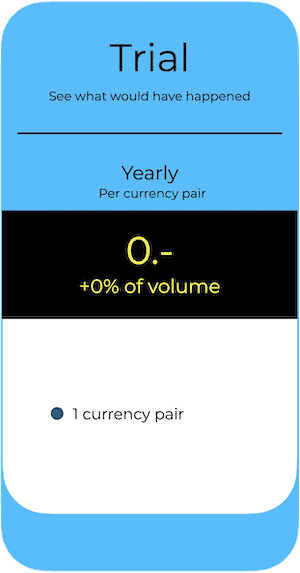A few weeks ago, hopes were raised that the war in Ukraine could be ended following the meeting between Putin and Trump. While I am not yet completely hopeless, developments over the past week suggest that a resolution will not come quickly. There is also a risk of escalation, as Trump suggested that the US could carry out reconnaissance missions with US aircraft. Europe has also adopted a tough stance against the US. Poland is one of the countries advocating a tough stance against Russia, which it sees as the greatest threat to its national integrity.
An end to the war would provide a significant economic boost in Central and Eastern Europe, as well as in Russia. In my view, this can only be achieved if Russia is permitted to transition to a peaceful economy. I believe this is the objective of Trump’s initiative — American oil companies have been negotiating since January about resuming their investments in Russia!
Economic Growth in CEE was Appealing in the first half of the Year
Economic data is collected monthly and published in aggregate form quarterly. It can be assumed that US tariffs will have an impact on economic activity in Europe. Although growth has been better than expected so far, a slowdown in the economy is likely.
As this issue affects Europe as a whole, it is unlikely that CEE currencies will be negatively impacted. Clearly, CEE currencies have benefited from peace in Ukraine, and their armament initiatives will stimulate economic growth for some time to come. Poland and the Czech Republic also have low levels of government debt, which would allow them to easily fund these efforts.
Turkey’s Inflation Rate is Falling
One of the most significant developments in the Eurasian region has been the improvement of Turkey’s fundamental economic conditions.
Five years ago, I predicted a collapse in the Turkish lira and recommended hedging at an interest rate of 9% for three years. At the time, I predicted that interest rates would rise sharply (to 100%) and that the TRY would weaken significantly. No bank foresaw this, and no industrial company took my advice. This is regrettable, as this inaction cost millions, despite being inexpensive at the time. The inflation rate in Turkey was already rising in the early post-corona period, well above the interest rate on the TRY. Erdoğan was already expressing absurd economic policy views, which, after a long period of relative calm, made serious upheavals likely for me. Admittedly, forecasting the future is an uncertain endeavour, and planning for the future without careful consideration and security can be akin to unnecessary gambling, especially when there are factual grounds for caution.
I mention this because the opposite view prevails today. Bank analysts unanimously agree that the lira is as weak as it will ever be. However, they are overlooking several things.
- Food inflation, which previously stood at over 100%, is now at 27%
- Turkey’s inflation rate recently fell to 33%, with core inflation standing at 34%
- Interest rates in Turkey stand at 43%, while the lira offers a real return of +10%
- Real economic growth recently rose again to 4%, and retail sales are increasing at double-digit rates, albeit only just.
I expect the lira to depreciate against the USD in the second half of the year, but only if the USD remains very weak. These conditions are attractive for portfolio investors.





